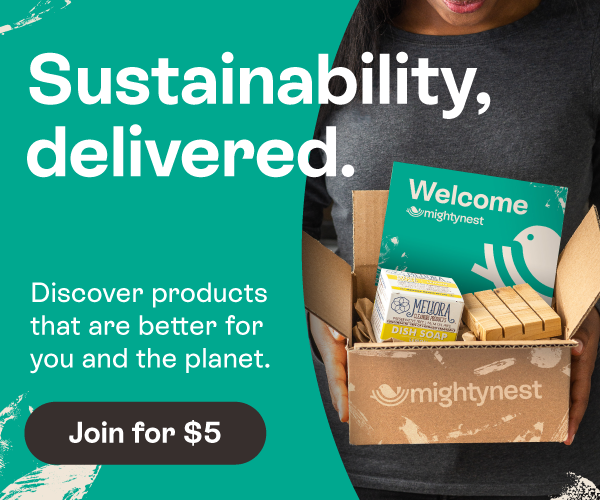
It is hard to resist the perfection of a sunny day. Do you head out exposing as much of your bare skin as possible to soak up the sun or do you slather up in sunscreen and cover up in a sunhat? Sunscreens themselves can seem like a mystery with strange ingredients and a preponderance of acronyms.
Sunscreens, like all skincare products, fall into a category of products that are almost entirely unregulated by the U.S. government. One common sunscreen ingredient in particular to watch out for is the synthetic chemical Oxybenzone. It is an endocrine-disruptor which affects the nervous system, has been linked to cancer in some laboratory studies, and creates harmful free-radicals from sun exposure. Another area of potential concern that has arisen is that of nanomaterials. These are widely used in sunscreens to eliminate the chalky appearance of titanium dioxide and zinc oxide. Reports indicate that nanomaterials small size makes them more able to enter the lungs, pass through cell membranes, and possibly penetrate damaged or sun-burnt skin.
The good news, however, is that there are many great products out there that actually do protect from both UVA and UVB and don’t contain potential cancer-causing ingredients or nanomaterials.
TAKE ACTION
• Use sunscreen in moderation. Try to use clothing, umbrellas and shade as the most natural sun protection.
• Avoid sunscreens that contain Oxybenzone, DMDM Hydantoin, Triethanolamine, Parabens, Fragrance, and sunscreens with nanoparticles.
• Look up your sunscreen on the Cosmetics Database. This is an extensive list run by a science non-profit that tracks what is healthy and what is not in skincare products.
At MightyNest we’ve done the homework for you providing sunscreens that are free of known toxins. Click here to check out our skincare products.

